To promote the high-quality development of China's civil aviation industry, the second review draft of the Civil Aviation Law revision will include measures to support innovation in civil aviation manufacturing and advance the development of the low-altitude economy, Huang Haihua, spokesperson for the Legislative Affairs Commission of the National People's Congress (NPC) Standing Committee, told a press conference on Monday.
Specifically, the measure targeting civil aviation manufacturing includes adding provisions to enhance the innovation system for civil aviation manufacturing, led by enterprises, with a market-driven focus that integrates industry, academia, and research.
It will also support research and development (R&D) of key technologies, improve design capabilities for large aircraft and advanced engines, and promote the industrialization of innovations to boost the civil aviation manufacturing sector, according to Huang.
When it comes to advancing the low-altitude economy, Huang said that provisions will include ways for the country to optimize low-altitude airspace resource allocation, promote the development of a regulatory platform for low-altitude flight services, establish airworthiness certification and flight management systems suited to the low-altitude economy's needs, and expand application services to foster industrial development.
These measures have been added to the second review draft of the Civil Aviation Law revision under a new chapter covering development promotion, Huang said.
The remarks were made in response to a media question about whether the draft revision will introduce targeted improvements to address reported deficiencies in China's aircraft manufacturing, airworthiness certification, and low-altitude economy infrastructure, given the success of the manufacturing and operations for domestic large aircraft such as the C919, along with the emerging low-altitude economy in some cities.
Speaking on measures targeting innovation for domestic large aircraft production, Wang Yanan, chief editor of Aerospace Knowledge magazine, said that the primary focus is on enhancing China's technological and industrial capabilities in the sector.
Despite China's international cooperation, geopolitical uncertainties demand stronger domestic R&D and production, especially in engines and critical systems, to ensure sustainable aviation development. With the domestic large aircraft programs succeeding, long-term competitiveness requires enhancing local supply chains as well as resource allocation and independent innovation, Wang told the Global Times on Monday.
When it comes to the low-altitude economy, Wang stressed the importance of having a legal framework for promoting the sector's development, and building up the industry's capacities ranging from R&D and manufacturing to operations.
Wang highlighted safety under the regulation as another critical point, stressing the important role for responsible authorities to play in ensuring the safety of aircraft development, production, operation, and maintenance under the legal regulation. He noted that using legal frameworks to cultivate top-tier enterprises would promote the sector's sustainable growth and ensure global competitiveness.
China's low-altitude economy is expected to achieve a scale of about 1 trillion yuan ($139.11 billion) in 2025, the Global Times learned previously. By 2030, the industry is projected to surpass 3 trillion yuan, with drones taking the lead at more than 1 trillion yuan, according to the China Low Altitude Economy Alliance.
The Standing Committee of the 14th NPC, China's top legislature, will hold its 16th session in Beijing from Tuesday to Friday, the Xinhua News Agency reported. During the session, lawmakers will review draft revisions, including the Civil Aviation Law.












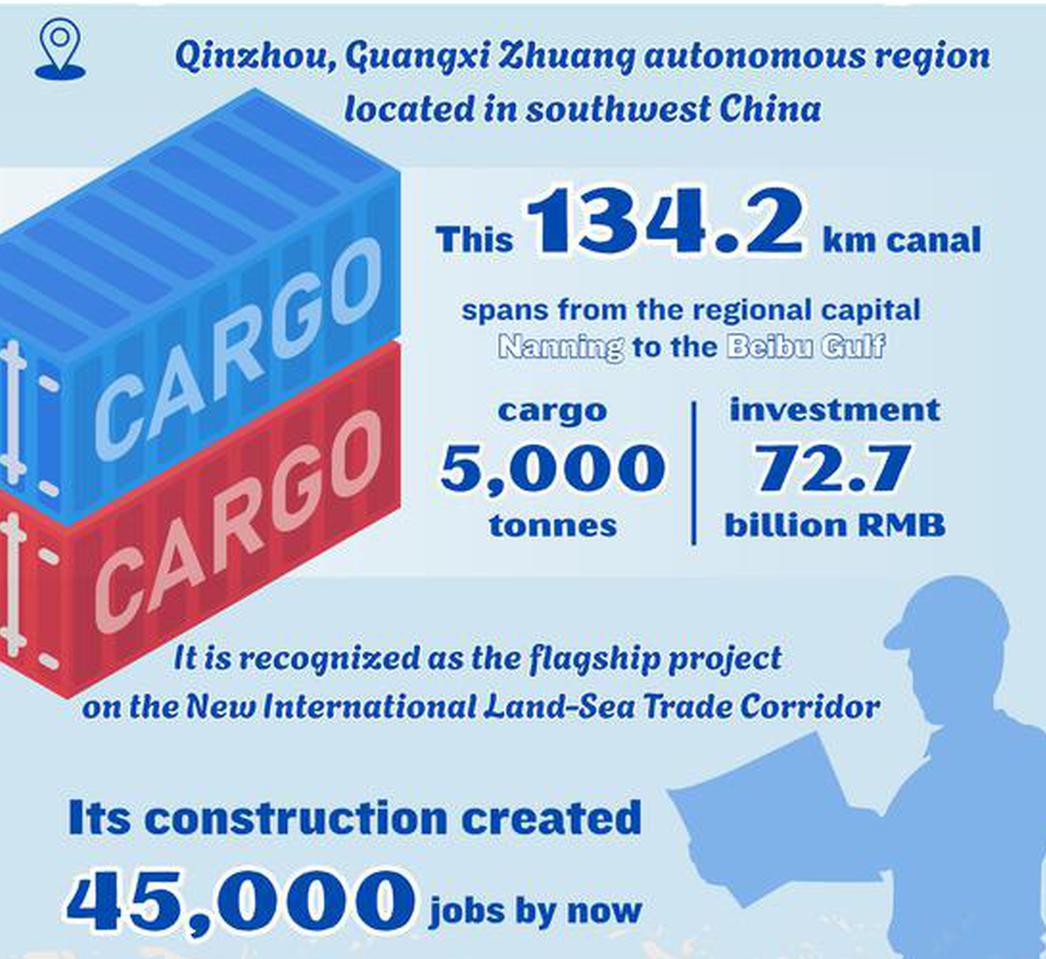




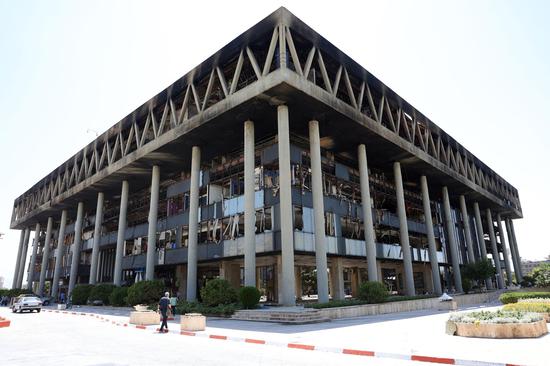










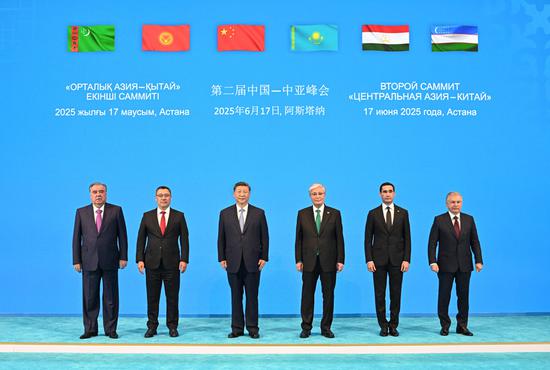




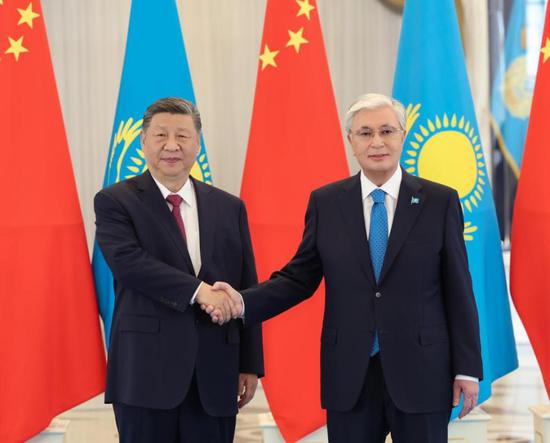




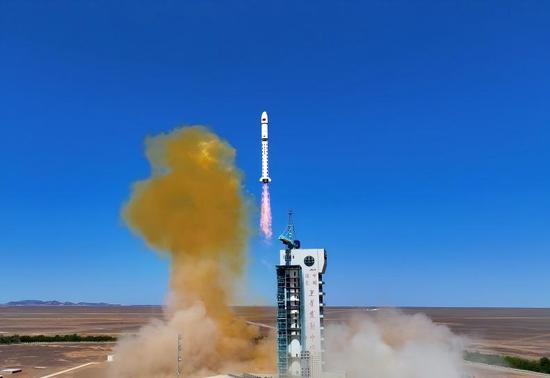

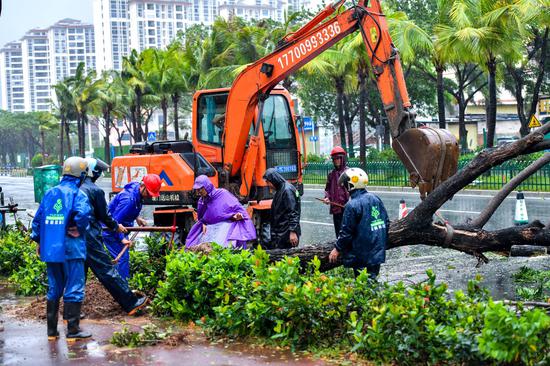
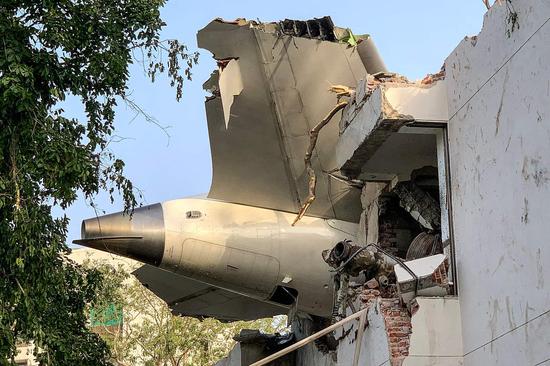

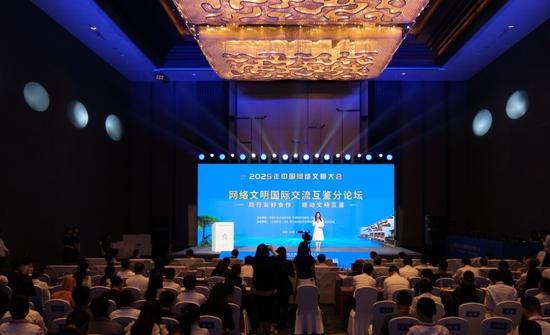






 京公網安備 11010202009201號
京公網安備 11010202009201號